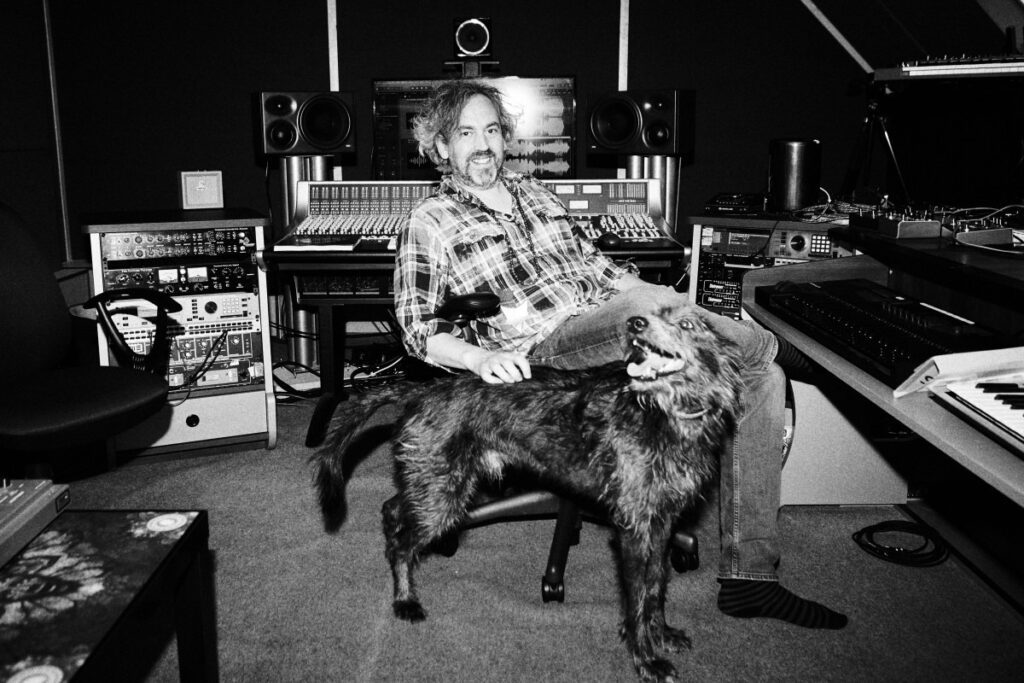Collection Priveé is a group of crate-digging friends, François Chautemps, Melvin Crabol, Rémi Chenevas-Paul and Mathieu Bedwani, founded in 2019 living in Lausanne, Switzerland. Coming across our radar in the past few weeks, their music jumped off the page and our speakers with their eight-track EP Ready. Go. Disco. As the title would suggest, it is fun and danceable disco and 80’s synthwave that reminds you that better times are ahead. The EP moves briskly from blastoff on “The Launch” to the closer where we are cruising down “Sunset Drive” with plenty of summertime disco in between. We find some Italo disco in “Torino” and the title tracks are interspersed in between.
To get an idea of how the four-piece group crafted this warm and uplifting EP, we asked the group to break down the hardware used for a new How It Was Made feature. There are loads of beautiful synths here, so if you love synths, this is the feature for you.
Get the EP here and stream it as you read.
01 Juno-60
The Juno has a huge place in the EP, a lot of ideas started from there. The project being 80’s influenced, with the Juno it was instant gratification, each time. The cool thing on the 60 compared to the 106 is the arpeggiator, we used it for some solo-style endings on “Exode Astral” and “On the Dance floor.” We could probably a full album using just the Juno and a drum machine really.

Juno-60
Collection Privee
02 Moog Minimoog Voyager
We used the Moog primarily for bass, not much else if I remember well, but bass was either the Juno, a Fender Precision bass or the Moog. There is something with the Moog that’s instantly recognizable while pretty much impossible to copy on software or other hardware. It just got that weight in the bottom end and that filter sound we’re all in love with.

Minimoog Voyager
Collection Privee
03 – 04 Fender Rhodes

Rhodes
Collection Privee
While not in the forefront, there are Rhodes parts pretty much everywhere in the EP. We used mainly the Mark II Suitcase in Melvin’s studio, but Mathieu added parts with his Mark I Stage just before mixing. The Rhodes is a bit like the Juno in the way that’s it’s the bread and butter of a lot of things, while also super easy to bend to bring it anywhere. It’s always cool to put it through distortion, phaser, tremolo, vibrato, delays, etc.

Rhodes
Collection Privee
05 JX-3P
The JX-3P is still underrated nowadays compared to what it can do. We used it for pads, strings and sweeps. It has that silkiness and sit really well behind in the mix without having to do anything. It's a bit of a secret weapon really. People tend to think it’s the poor man’s Juno, but it’s really not. It’s not super far from a 106 (apart from the low end) but has 2 oscillators and cross modulation so it brings a lot of possibilities a Juno can’t do.

JX-3P
Collection Privee
06 Poly 800
The Poly 800 is cheap, ugly and a real pain to program, but sound surprisingly good. “Sunset Drive” was pretty much composed used only the Poly 800. It has that 80’s texture and some cool features like the sequencer and the chord memory function which makes you come with ideas you wouldn’t have otherwise, so just for this it’s worthwhile having in our collection.

Poly-800
Collection Privee










